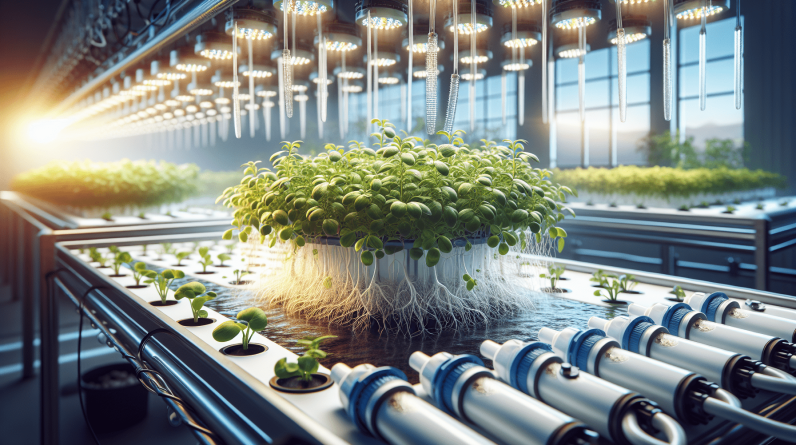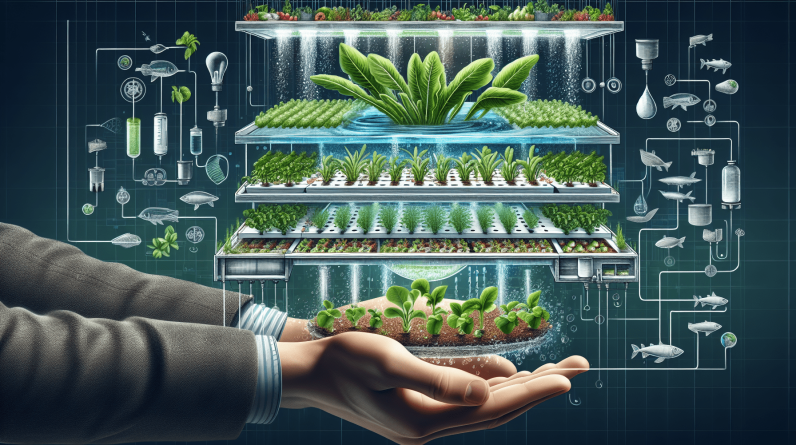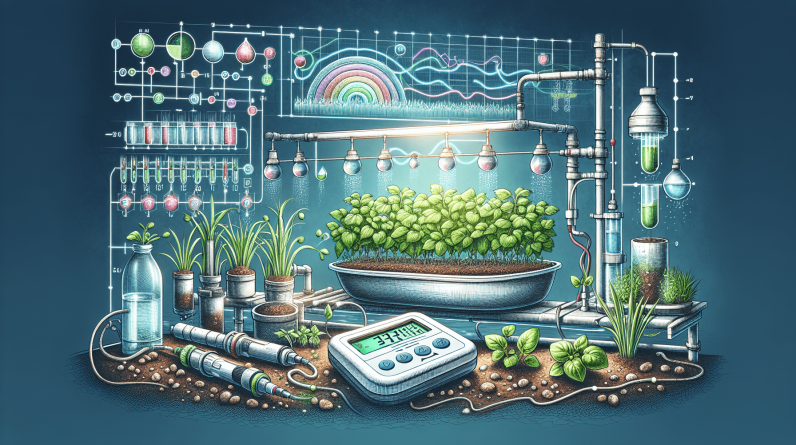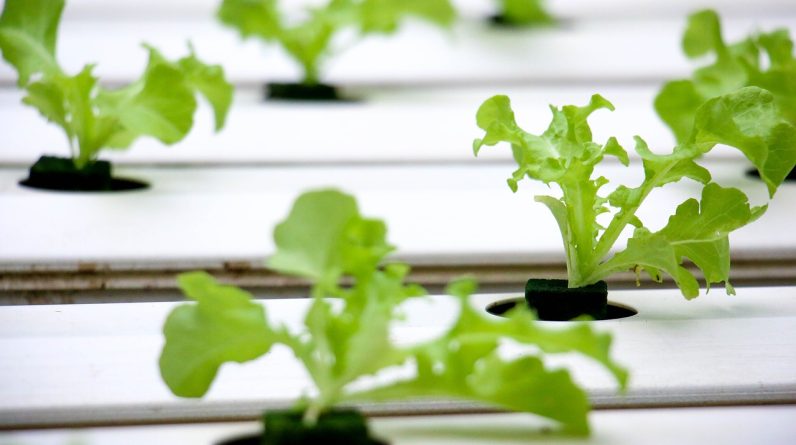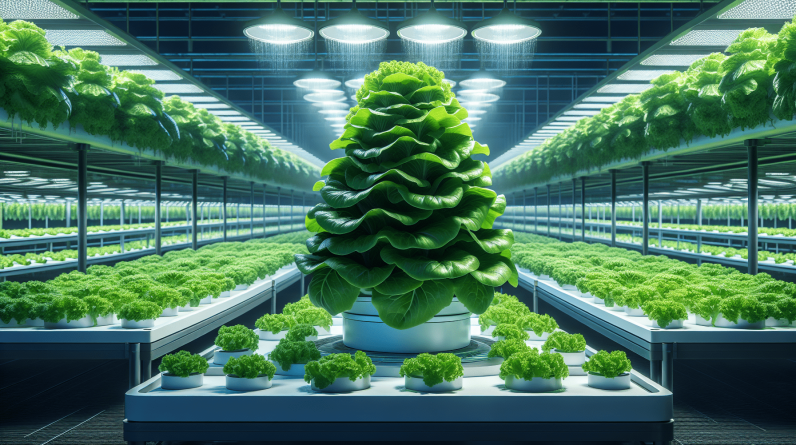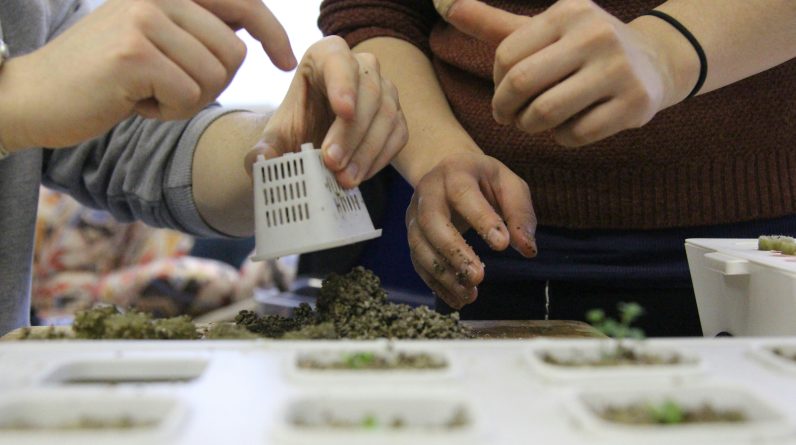
Have you ever considered trying hydroponic growing systems for your gardening needs? In this article, you will learn about the sustainable approach of hydroponics in modern gardening and discover how you can grow basil in a hydroponic system. Let’s dive into the world of hydroponics together!
Understanding Hydroponic Growing Systems
Hydroponic growing systems are a method of cultivating plants without the use of soil. Instead, plants are grown in a nutrient-rich water solution, providing them with all the essential nutrients required for healthy growth. This system allows for precise control over the plant’s environment, leading to faster growth rates and increased yields compared to traditional soil gardening methods.
Benefits of Hydroponic Growing Systems
One of the key advantages of hydroponic growing systems is the efficient use of water. By delivering nutrients directly to the plant’s roots, hydroponics can conserve water up to 90% more than traditional soil gardening. This makes hydroponic systems an excellent choice for regions facing water scarcity or drought conditions. Additionally, the elimination of soil reduces the risk of soil-borne diseases and pests, leading to healthier plants that require fewer chemical inputs.
Types of Hydroponic Systems
There are several types of hydroponic systems that you can choose from based on your space, budget, and gardening goals. Some common types include:
- Deep Water Culture (DWC): Plants are suspended in a nutrient solution with their roots submerged in the water.
- Nutrient Film Technique (NFT): A thin film of nutrient solution flows over the plant roots, providing them with a constant supply of nutrients.
- Ebb and Flow: Also known as Flood and Drain, this system floods the plant roots with nutrient solution at regular intervals.
- Aeroponics: Plants are grown in an air or mist environment with their roots suspended in the air and periodically sprayed with a nutrient solution.
- Drip System: Nutrient solution is dripped directly onto the plant roots from above, ensuring they receive a steady supply of nutrients.
Choosing the right hydroponic system will depend on factors such as the size of your space, the types of plants you want to grow, and your level of expertise in gardening.
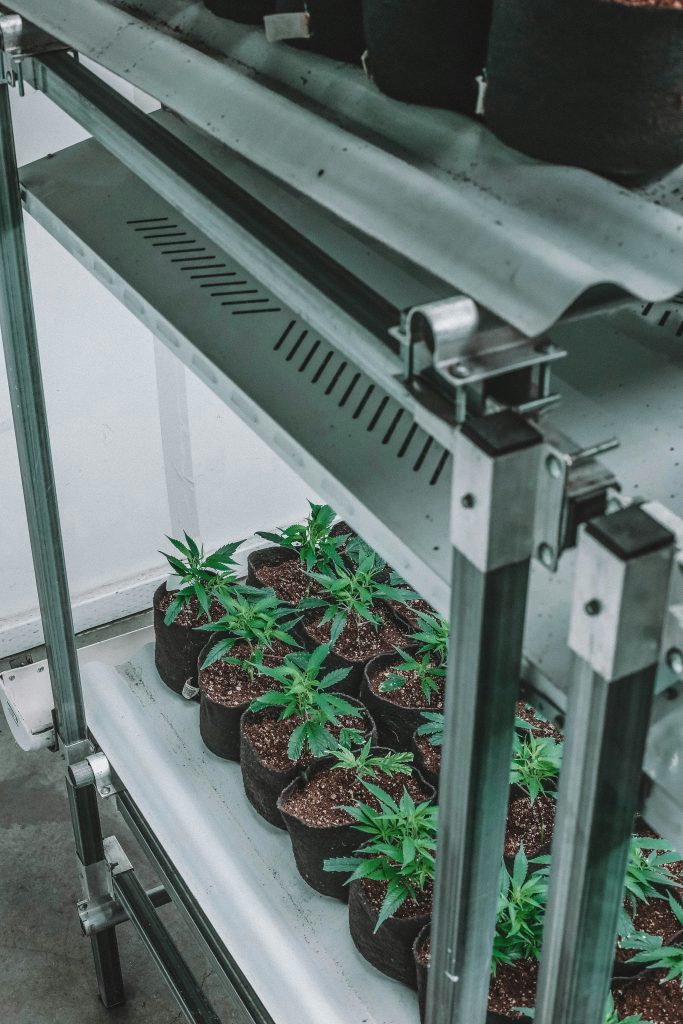
Growing Basil in a Hydroponic System
Now that you have an understanding of hydroponic systems, let’s explore how you can grow basil, a popular herb, using this innovative method. Basil thrives in hydroponic systems due to its shallow root system and fast growth rate.
Materials Needed
Before you start growing basil in a hydroponic system, you will need the following materials:
- Hydroponic system: Choose a system that suits your space and budget, such as a DWC or NFT system.
- Growing medium: Rockwool cubes, perlite, or clay pellets can be used to support the basil plant.
- Nutrient solution: Purchase a hydroponic nutrient solution formulated for herbs like basil.
- Basil seeds or seedlings: You can start from seeds or purchase seedlings for a head start.
- pH testing kit: To monitor and adjust the pH level of the nutrient solution.
Steps to Grow Basil
Here are the steps to grow basil in a hydroponic system:
-
Set up the Hydroponic System:
- Follow the manufacturer’s instructions to assemble and set up your chosen hydroponic system.
- Fill the reservoir with water and add the appropriate amount of nutrient solution as per the instructions.
-
Prepare the Growing Medium:
- If using a growing medium like rockwool cubes, soak them in water to hydrate before planting the basil seeds or seedlings.
-
Plant the Basil:
- Place the basil seeds or seedlings in the growing medium and ensure they are securely supported.
- Make sure the roots are in contact with the nutrient solution for proper nutrient uptake.
-
Maintain the System:
- Monitor the pH level of the nutrient solution regularly and adjust as needed to keep it within the optimal range for basil growth.
- Check the water level in the reservoir and top up with water if necessary to ensure the roots remain submerged.
-
Harvesting Basil:
- Basil leaves can be harvested as needed once the plants have reached a mature size.
- Regularly prune the basil plant to encourage new growth and prevent it from becoming leggy.
Tips for Growing Basil Successfully
To ensure successful basil growth in your hydroponic system, consider the following tips:
- Provide Adequate Lighting: Basil plants require 12-16 hours of light per day, so ensure they receive sufficient artificial light or natural sunlight.
- Maintain Proper Air Circulation: Good air circulation helps prevent the buildup of humidity around the plants, reducing the risk of mold or mildew.
- Prune Regularly: Pruning basil plants encourages bushy growth and prevents them from flowering too early, which can affect flavor.
- Monitor Nutrient Levels: Check the nutrient solution regularly to ensure the basil plants are receiving the right balance of nutrients for optimal growth.
By following these steps and tips, you can successfully grow basil in a hydroponic system and enjoy fresh, flavorful herbs all year round.
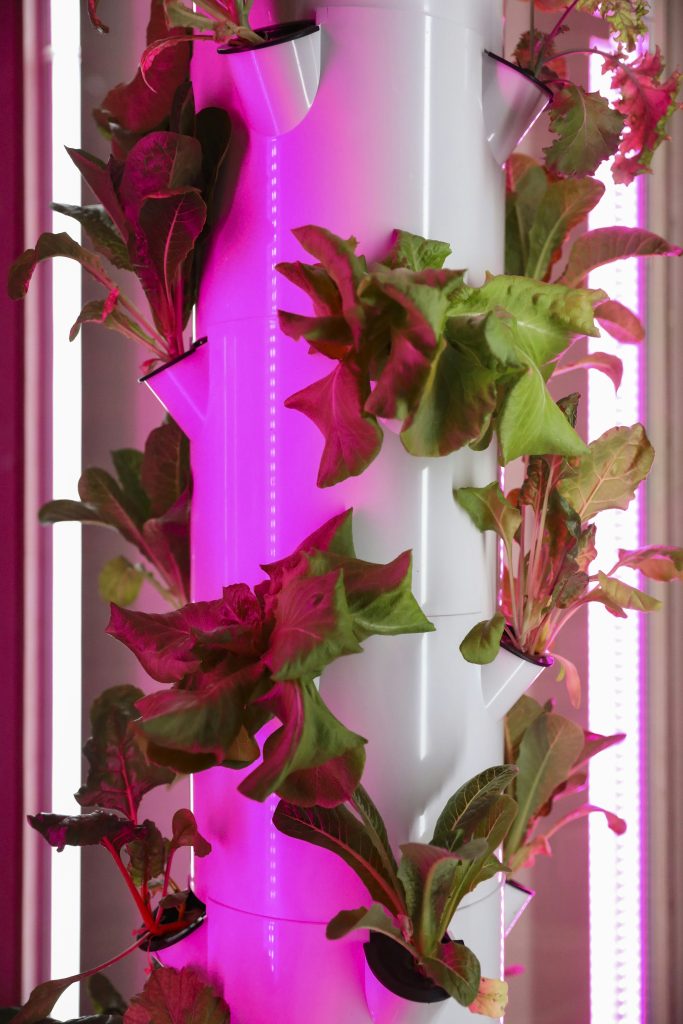
Conclusion
Hydroponic growing systems offer a sustainable and efficient approach to modern gardening, allowing you to grow a variety of plants without the need for soil. By providing plants with a nutrient-rich solution directly to their roots, hydroponic systems promote faster growth, increased yields, and healthier plants. Whether you are a beginner or experienced gardener, hydroponics can be a rewarding way to cultivate fresh produce in your own home. Give hydroponic gardening a try and experience the benefits of this innovative growing method for yourself.





